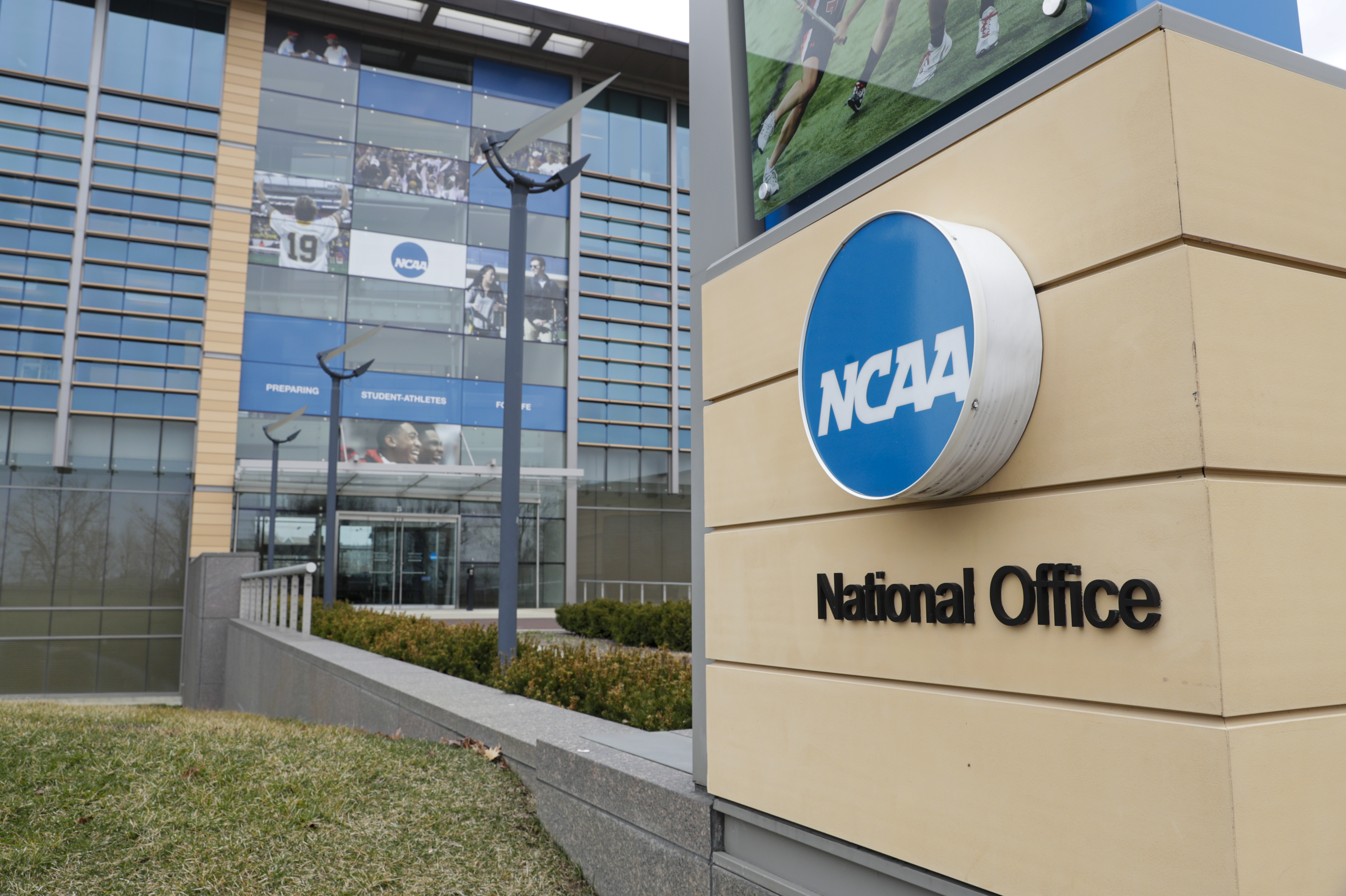A federal judge granted final approval to a $2.8 billion settlement with the National Collegiate Athletic Association (NCAA) in a June 6 ruling that would allow schools to share athletic revenues with student athletes for the first time.
The settlement, approved by District Judge Claudia Wilken, resolved three antitrust lawsuits filed by student athletes who argued that the NCAA’s rules barring revenue sharing between schools and students violated U.S. antitrust laws.
Wilken said the settlement agreement would “permit levels and types of student-athlete compensation that have never been permitted in the history of college sports.”
According to her ruling, the settlement would allow NCAA member schools to compensate student athletes for the commercial use of their names, images, and likenesses (NIL) through an annual allotment of $20 million per school in the upcoming school year. This amount is set to increase every 10 years, according to the ruling.
As part of the settlement, the NCAA and its five major conferences will pay $2.78 billion in past damages to former student athletes who were denied revenue from such payments since 2016.
“The settlement agreement here reflects compromises that were made in light of those legal precedents, which demonstrates that success at a trial can mean that student-athlete compensation restrictions may be lessened but not eliminated,” Wilken stated in a 76-page ruling.
“Despite some compromises, the settlement agreement nevertheless will result in extraordinary relief for members of the settlement classes,” the judge added.
NCAA President Charlie Baker welcomed the ruling in a statement, saying that the settlement agreement sets the foundation for NCAA schools to start stabilizing college sports.
“This new framework that enables schools to provide direct financial benefits to student-athletes and establishes clear and specific rules to regulate third-party NIL agreements marks a huge step forward for college sports,” Baker said.
“Student-athletes will benefit from the rich opportunities they enjoy now, plus far more scholarship opportunities, landmark financial benefits and a streamlined NCAA to support them,” he added.
Baker said the court will retain jurisdiction over the implementation of the settlement terms, while the NCAA’s conferences will be responsible for establishing and enforcing rules governing third-party NIL contracts that student athletes may enter into.
Steve Berman, managing partner of the law firm Hagens Berman—which represented college athletes in the lawsuit against the NCAA—praised the ruling as “the largest antitrust class-action settlement in history.”
“Major changes don’t happen overnight, and we thank the court for its careful consideration of what is a monumental shift in college sports that will bring the NCAA into the modern age,” Berman said.
Following the ruling, the Big Ten Conference—one of the NCAA’s conferences named as a defendant in the suits—announced the creation of the College Sports Commission, which will be tasked with implementing the settlement terms and roster limits.
The conference stated that the newly-created independent body will investigate any potential violations of the settlement terms, “make determinations regarding potential rules violations and penalties, provide notice and opportunity to be heard, participate in the arbitration process, and ultimately administer penalties for violations of these rules.”














